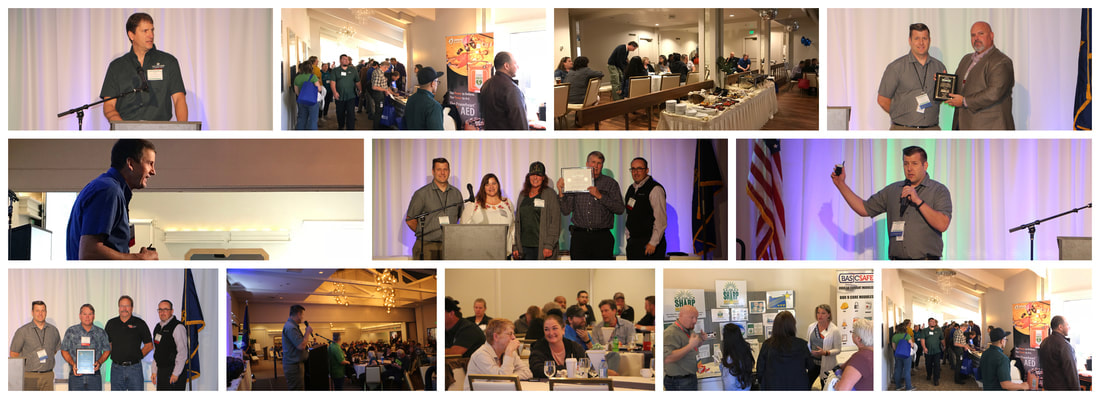Our brand new Safety Committee University is coming together. This all day training for safety committees will be featured on our website in October with a bunch of fun extras.
We have chosen three dynamic speakers to present our three main core safety committee topics: Safety Committee 101, Accident/Incident Analysis, and Hazard ID and Control. We are also planning on having an introduction by some of the safety leaders you have come to appreciate as well as something really fun.
We need your help!
If you have a high performing safety committee we would love to include a 1 minute video of them talking about “What it takes to have a successful safety committee” in a compilation video that will be shared with the University. Learn More:
Simply take a cell phone video and send to an email by filling out the "Contact Us" form at the bottom of this page by August 31st. If the file size is too big to send in an email, please send a link to a shared online folder or send a thumb drive to 990 N. Phoenix Rd. Suite 101, Medford, OR 97504.
Requirements for safety committee video submissions:
1. Show people from your committee or show what your organization does. For example if you are in manufacturing, maybe have someone from your committee walk the factory floor sharing about secrets of their success. Get creative and make it interesting!
2. Explain what it takes to have a successful safety committee (Nobody is perfect, but we have some dynamic local teams. You know who you are!)
3. Make sure we can clearly hear the person speaking on the video. If it’s in a quiet setting, the normal phone mic should be fine. If on a noisy jobsite, it would be best to use earbuds with built in mic.
4. Keep it preferably one-minute long, but no longer than two-minutes.
That’s it! We look forward to seeing what our great safety committees in Southern Oregon have to share. By submitting, you are giving permission to share online with no compensation. If selected, we will be putting together a compilation of a whole bunch of great short videos. This will be a huge service to those organizations who are still learning about safety committees. We hope this University will be helpful for years to come. Remember the deadline is August 31st, 2020, so please send in those videos. Thanks!



 RSS Feed
RSS Feed
